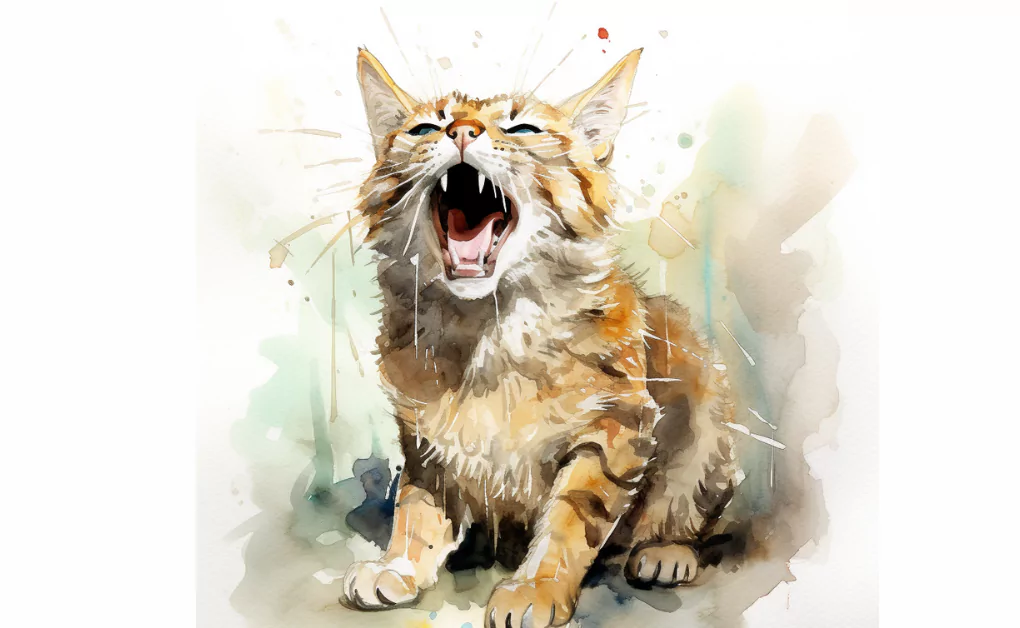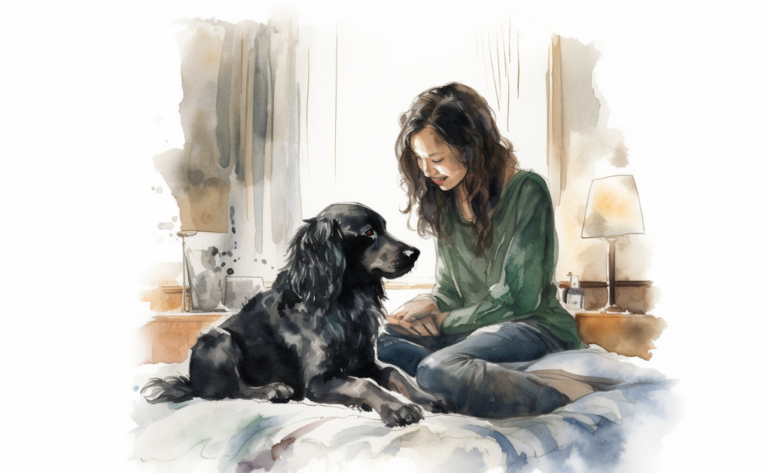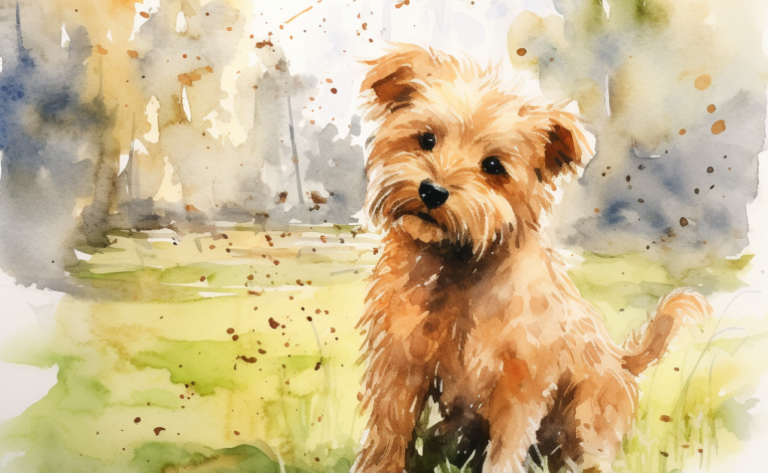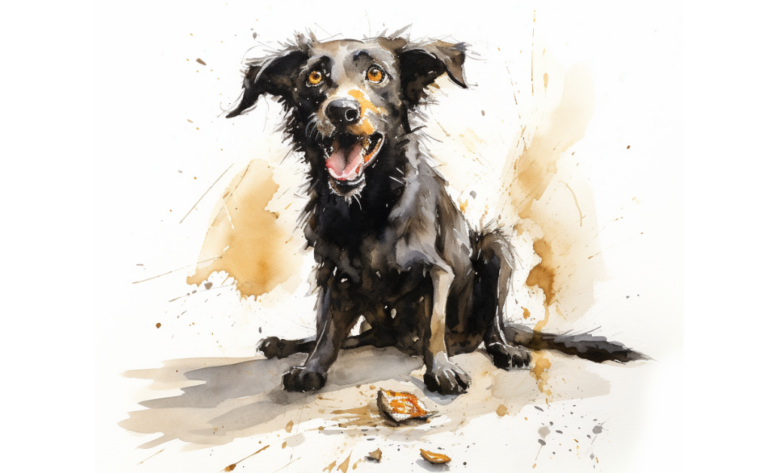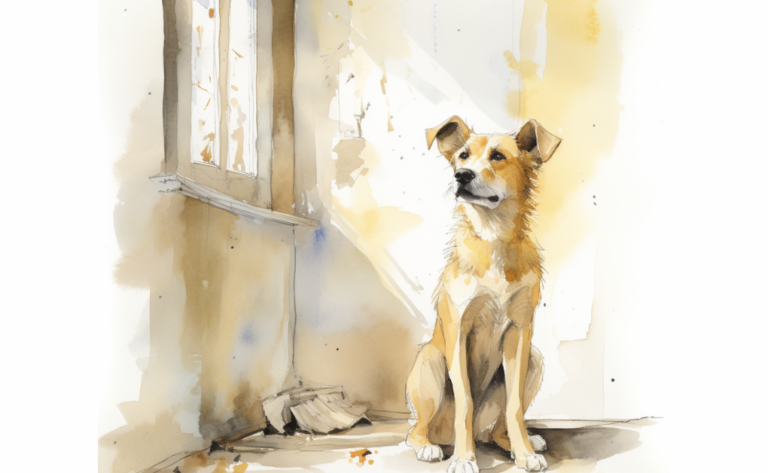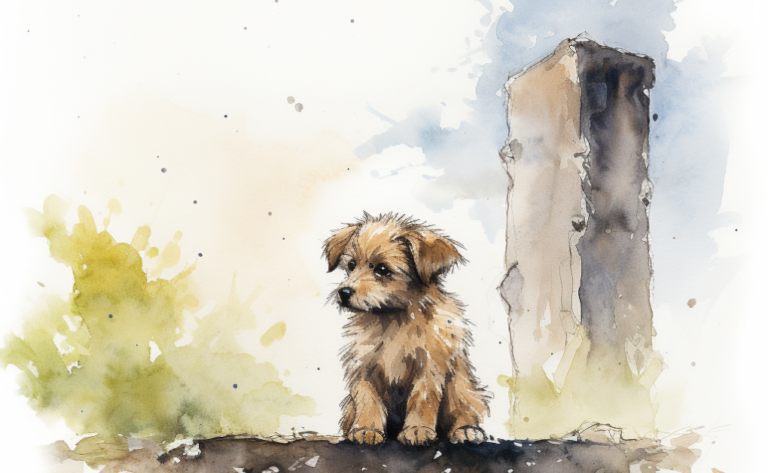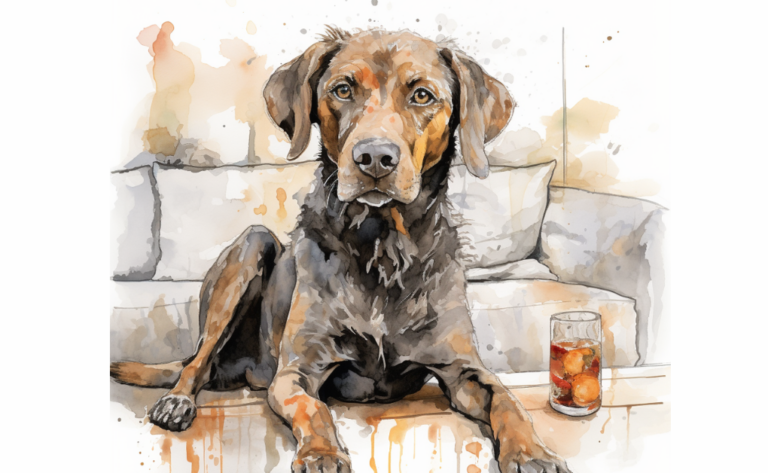What is a Reverse Sneeze in Cats?
What is it?
How is it Treated?
Breed Predispositions
Introduction
It was a quiet Saturday morning when Lisa first heard the peculiar sound coming from her Siamese cat, Whiskers. She rushed over, concerned that something was seriously wrong. Whiskers seemed to be caught in a strange snorting fit. After a quick trip to the vet, Lisa learned that her beloved cat was experiencing a reverse sneeze.
A reverse sneeze in cats is a unique respiratory event distinguished by unexpected, fast intakes of air through the nose, typically coupled with a snorting or honking noise. It arises from a temporary constriction of the upper respiratory tract, triggering an unusual reaction. The specific dynamics behind reverse sneezing in cats are associated with a reflex response spurred by irritation or inflammation in the nasal passages or throat. Understanding reverse sneezing can help cat owners, even in a pet emergency, identify the behavior and reassure their feline companions during these instances.
When cats inhale foreign substances through their noses, they go straight into their bloodstream. If these substances carry allergens, the immune system generates antibodies to combat them. These antibodies then migrate to the lymph nodes, initiating an allergic reaction. The ensuing swelling prompts the airways to constrict, instigating coughing and sneezing. Though reverse sneezing usually resolves within 24 hours, it can persist longer in severe instances. It’s important to note that this respiratory phenomenon can occur in all cat breeds, similar to some dog breeds like the Shih Tzu.
What Causes Feline Reverse Sneezing?
Reverse sneezing in cats, also termed paroxysmal inspiratory respiration, is a typical event characterized by swift and frequent inhalations via the nose. The precise cause of reverse sneezing in cats remains elusive; however, several potential triggers can instigate these episodes:
- Environmental irritants and allergens: Cats can exhibit reverse sneezing episodes in response to irritants or allergens present in their surroundings. These irritants, like dust, pollen, strong odors, smoke, or even fleas and ticks, can trigger irritation in their eyes and sinuses, leading to inflammation of the nasal passages and provoking the reverse sneezing reflex.
- Nasal mucus or post-nasal drip: An excessive build-up of nasal mucus or a post-nasal drip, potentially resulting from allergies, upper respiratory infections, dental diseases, or other underlying conditions, can stimulate the reverse sneezing reflex. The cat may attempt to clear this mucus or post-nasal drip by inhaling through its nose.
- Excitement or stress: Some cats may display reverse sneezing episodes during periods of excitement or anxiety. These rapid inhalations can surface as a response to elevated emotional states or physical exertion.
- Other causes: Certain conditions, such as nasal mites, nasal tumors, a foreign body in the nose, or issues with the soft palate, can also trigger episodes of reverse sneezing.
It’s vital to understand that reverse sneezing is typically benign and self-limiting in cats, akin to a bout of sneezing due to seasonal allergies in humans. However, if you observe your cat experiencing frequent or prolonged instances of reverse sneezing or if these episodes accompany other worrying symptoms like difficulty breathing, nasal discharge, or coughing, consulting a veterinarian is advisable for a thorough evaluation and diagnosis. If you’re concerned about your cat’s reverse sneezing episodes, brands like Indigo Pets offer a range of products to help manage various pet health issues.
Symptoms of Reverse Sneeze in Cats
Should your cat be experiencing a reverse sneezing episode, you may observe certain signs and behaviors indicative of this condition. Common symptoms of reverse sneezing in cats include:
- Abrupt, frequent inhalations: When experiencing a reverse sneezing episode, your cat will display abrupt and frequent inhalations through the nose. Unlike a normal sneeze, these inhalations can be quite loud, resembling a snorting or gasping sound.
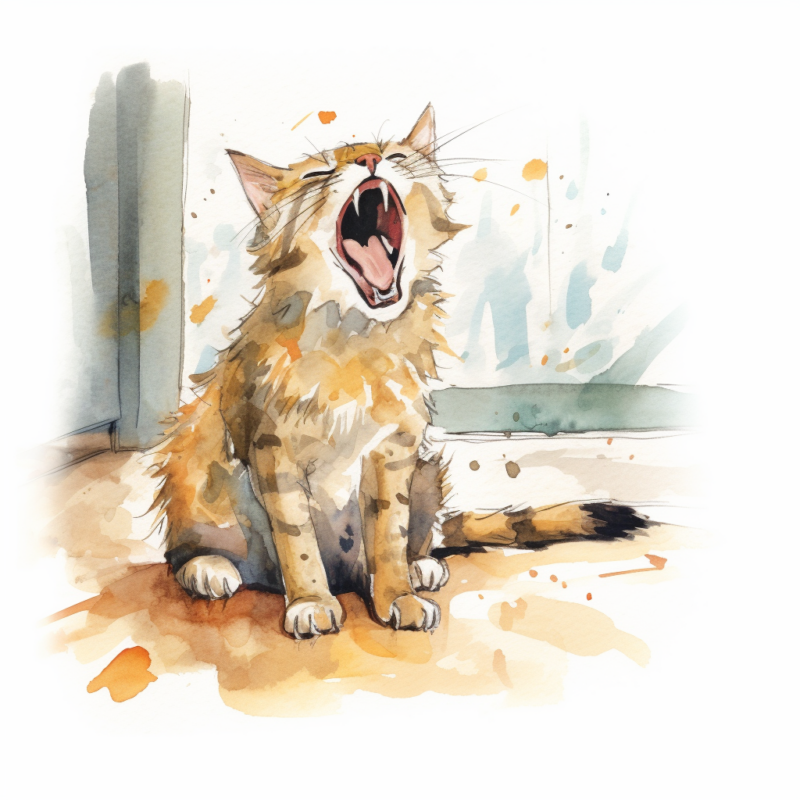
- Extension of the head and neck: During a reverse sneezing episode, your cat might stretch out their head and neck. This posture assists in opening the airways and enhancing the airflow.
- Audible snorting sounds: Reverse sneezing episodes often accompany snorting or snuffling sounds. You might notice your cat making loud, snort-like noises as they rapidly inhale.
- Rigid body posture: Amid a reverse sneezing episode, your cat might maintain a rigid body posture, with their body and legs relatively motionless. They could stand still or bend slightly over.
- Brief duration: Typically, reverse sneezing episodes don’t last long, often concluding in less than a minute. Once the episode subsides, your cat should return to their regular breathing pattern.
Despite these symptoms, it’s crucial to understand that reverse sneezing is typically not a serious health threat to cats and doesn’t warrant immediate concern. However, if you’re uncertain whether your cat is experiencing a reverse sneeze or if the frequency of sneezing becomes chronic, leading to concerns about their respiratory health, consultation with a veterinarian is advisable for a proper evaluation and guidance.
Diagnosis for Feline Reverse Sneezing
Diagnosing reverse sneezing in cats often relies on observing clinical signs and characteristic episodes, as there’s no specific diagnostic test for this condition. Nonetheless, veterinarians might conduct certain evaluations to exclude other underlying respiratory conditions and validate the diagnosis of reverse sneezing. The following are some methods used by practitioners of veterinary medicine to diagnose reverse sneezing in cats:
Full Physical Examination
In a full physical examination, the veterinarian meticulously observes your cat’s breathing pattern, checks for signs of respiratory distress, and listens to its lungs using a stethoscope. This includes checking for nasal discharge, inflammation, or other abnormalities in the respiratory tract which might hint at a more serious condition.
Thorough Medical History
A comprehensive medical history is pivotal in diagnosing reverse sneezing. As a pet parent, you’ll be asked about your cat’s symptoms, frequency, duration, triggers, and associated signs like coughing or gagging. Information about your cat’s general health, recent illnesses, or exposure to potential respiratory irritants will also be helpful.
Video Evidence of an Episode
Recording a video of your cat during a reverse sneezing episode can provide valuable insight for the veterinarian. The footage enables them to witness the specific breathing pattern, facial expressions, and other behaviors your cat exhibits during the episode, which can be particularly helpful in distinguishing reverse sneezing, common in dogs, from other respiratory conditions in cats.
Radiographic Imaging (X-rays)
In some instances, your vet may suggest conducting radiographic imaging of the chest to inspect the respiratory structures. While reverse sneezing typically does not yield specific changes on X-rays, the images can help rule out other respiratory conditions or anatomical abnormalities by identifying any irregularities in the lungs, trachea, or other respiratory system parts.
Examination of the Airway
If reverse sneezing episodes in your cat are frequent, severe, or persistent, the veterinarian may recommend more advanced procedures to examine the airway. Rhinoscopy, involving a small flexible scope, allows visualization of the nasal passages to check for obstructions, inflammation, or foreign bodies. A bronchoscopy might scrutinize the lower airways and rule out abnormalities or foreign objects.
By integrating information from the physical examination, medical history, observation of episodes, and, when necessary, additional diagnostic tests, veterinarians can accurately diagnose reverse sneezing in cats. It’s vital to rule out other potential respiratory conditions and verify that the symptoms align with the characteristic features of reverse sneezing, such as seeing your cat extend their necks during an episode.
Treatment for Reverse Sneezing in Cat
Reassurance and Observation
In mild cases of reverse sneezing, where the episodes are infrequent and not causing significant distress to the cat, veterinarians may recommend a watchful waiting approach. They will reassure the owner that reversing sneezing is usually harmless and self-limiting, and they may provide advice on how to comfort the cat during an episode, such as gently stroking or calming the cat.

Environmental Modifications
If potential triggers for reverse sneezing are identified, such as exposure to irritants or allergens, veterinarians may recommend making environmental changes. This can include minimizing exposure to dust, smoke, strong odors, or other potential irritants in the cat’s environment.
Antihistamines
In some cases, veterinarians may prescribe antihistamines to help manage reverse sneezing associated with allergies. Antihistamines can help reduce the hypersensitivity response in the respiratory tract and minimize the frequency or severity of episodes. However, it’s important to note that not all cats respond well to antihistamines, and their use should be under veterinary guidance.
However, it’s important to note that not all cats respond well to antihistamines, and their use should be under veterinary guidance.
Steroids
If the reverse sneezing is suspected to be related to inflammation in the airways, veterinarians may prescribe corticosteroids. Steroids can help reduce inflammation and alleviate symptoms. However, long-term use of steroids should be carefully monitored due to potential side effects.
Surgery or Intervention
Surgical intervention may be considered in rare cases where structural abnormalities or anatomical obstructions in the airway contribute to reverse sneezing. For example, surgical removal may be necessary to alleviate the symptoms if there is evidence of nasal polyps or other obstructive masses. These interventions are typically reserved for severe and persistent cases.
It’s important to note that the treatment approach for reverse sneezing in cats may vary depending on the underlying cause, severity of symptoms, and response to initial treatments. Veterinarians will tailor the treatment plan to each cat, considering their overall health and specific needs. Regular follow-up visits may be necessary to monitor the cat’s progress and adjust the treatment plan.
Prevention for a Cat Reverse Sneeze
To help prevent or minimize episodes of reverse sneezing in cats, pet owners can consider the following:
Reduce Potential Triggers
Identify and reduce exposure to potential triggers that may induce reverse sneezing episodes. These can include irritants such as dust, smoke, strong odors, household chemicals, or allergens. Keep the cat’s living environment clean and free from excessive dust or other airborne particles.
Avoid Known Allergens
If your cat has known allergies that trigger reverse sneezing, minimize exposure to those allergens. This may involve avoiding specific foods, environmental allergens like pollen or mold, or certain grooming products. Consult with your veterinarian to identify and manage your cat’s allergies.
Minimize Stress
Stress and anxiety can sometimes trigger reverse sneezing episodes in cats. Provide a calm and stable environment for your cat, with plenty of opportunities for relaxation and play. Minimize exposure to stressful situations or changes in routine that could contribute to episodes.
Maintain a Healthy Weight
Obesity can exacerbate cat respiratory issues, potentially increasing the frequency or severity of reverse sneezing. Ensure your cat maintains a healthy weight through proper nutrition and regular exercise. Consult your veterinarian for guidance on a balanced diet and exercise regimen suitable for your cat.
Regular Veterinary Care
Schedule regular wellness visits with your veterinarian to monitor your cat’s health. Regular check-ups allow for early detection and management of any underlying conditions contributing to reverse sneezing. Your veterinarian can guide preventive measures specific to your cat’s needs.
Avoid Irritants During Grooming
Be mindful of grooming products or sprays that irritate your cat’s respiratory system. Choose gentle and hypoallergenic grooming products, and avoid using any strong scents or chemicals that could trigger a reverse sneezing episode.
While it may not be possible to prevent reverse sneezing in all cats completely, these preventive measures can help minimize the frequency and severity of episodes. Remember to consult your veterinarian for personalized advice and guidance based on your cat’s specific needs and health condition.
Frequently Asked Questions
Disclaimer: The information provided on this veterinary website is intended for general educational purposes only and should not be considered as a substitute for professional veterinary advice, diagnosis, or treatment. Always consult a licensed veterinarian for any concerns or questions regarding the health and well-being of your pet. This website does not claim to cover every possible situation or provide exhaustive knowledge on the subjects presented. The owners and contributors of this website are not responsible for any harm or loss that may result from the use or misuse of the information provided herein.

